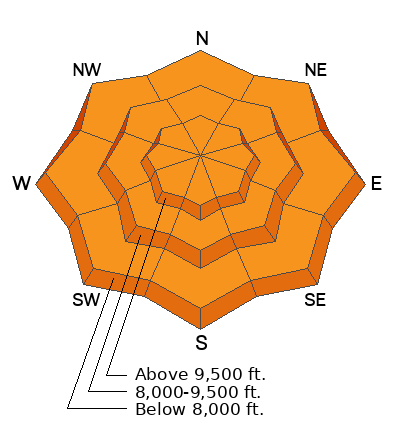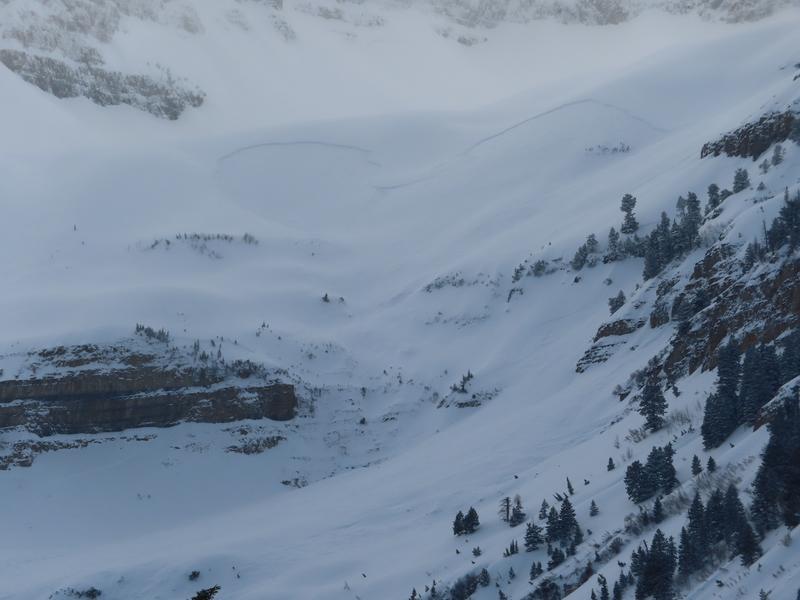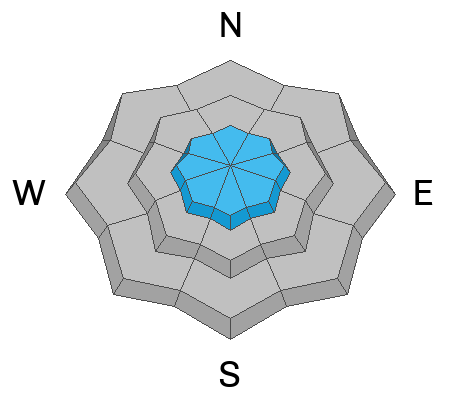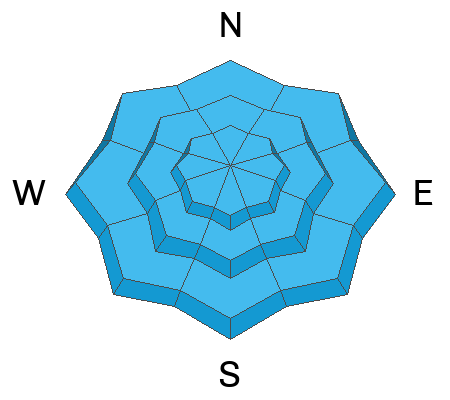Forecast for the Provo Area Mountains

Issued by Mark Staples on
Wednesday morning, March 1, 2023
Wednesday morning, March 1, 2023
Today the avalanche danger is CONSIDERABLE. New snow, wind-blown snow, and more snow coming today are creating dangerous avalanche conditions.
What worries me the most is that the danger won't seem obvious, and avalanches may be a bit stubborn to trigger. Nonetheless, avalanches have the potential to be large, destructive, and far running.
What worries me the most is that the danger won't seem obvious, and avalanches may be a bit stubborn to trigger. Nonetheless, avalanches have the potential to be large, destructive, and far running.

Low
Moderate
Considerable
High
Extreme
Learn how to read the forecast here









